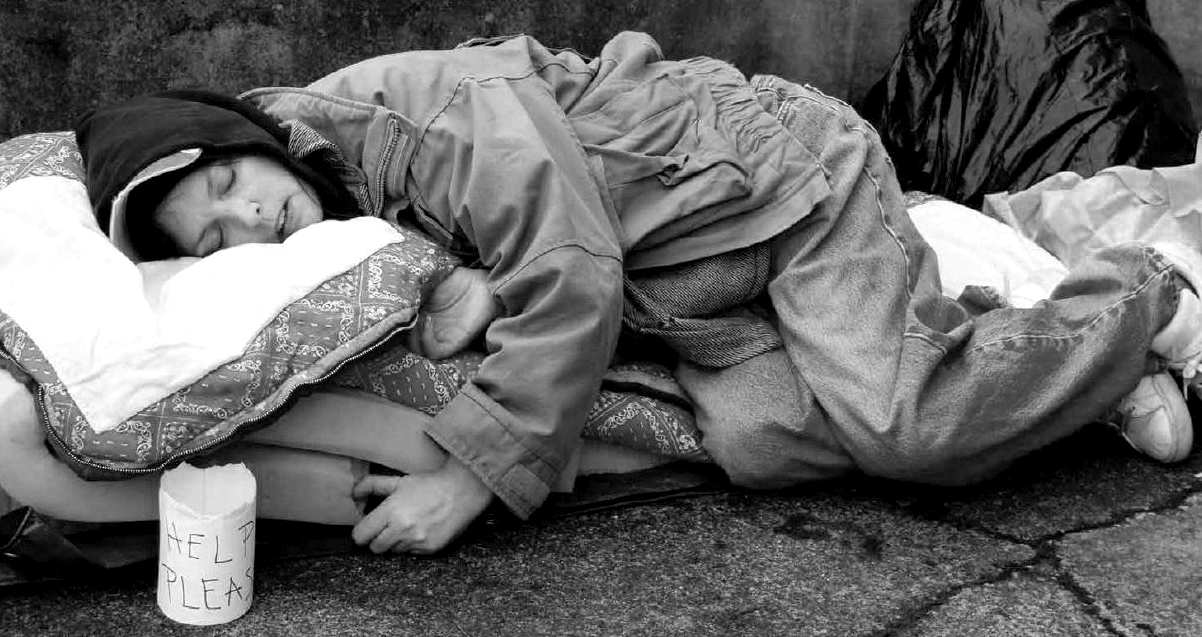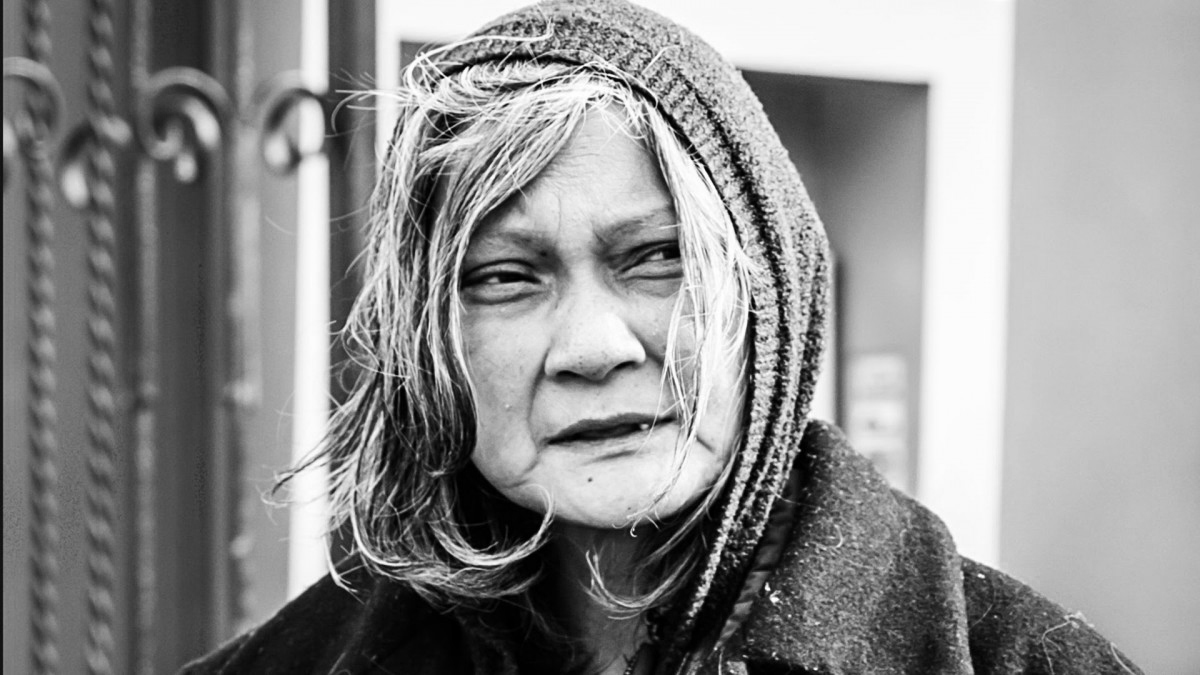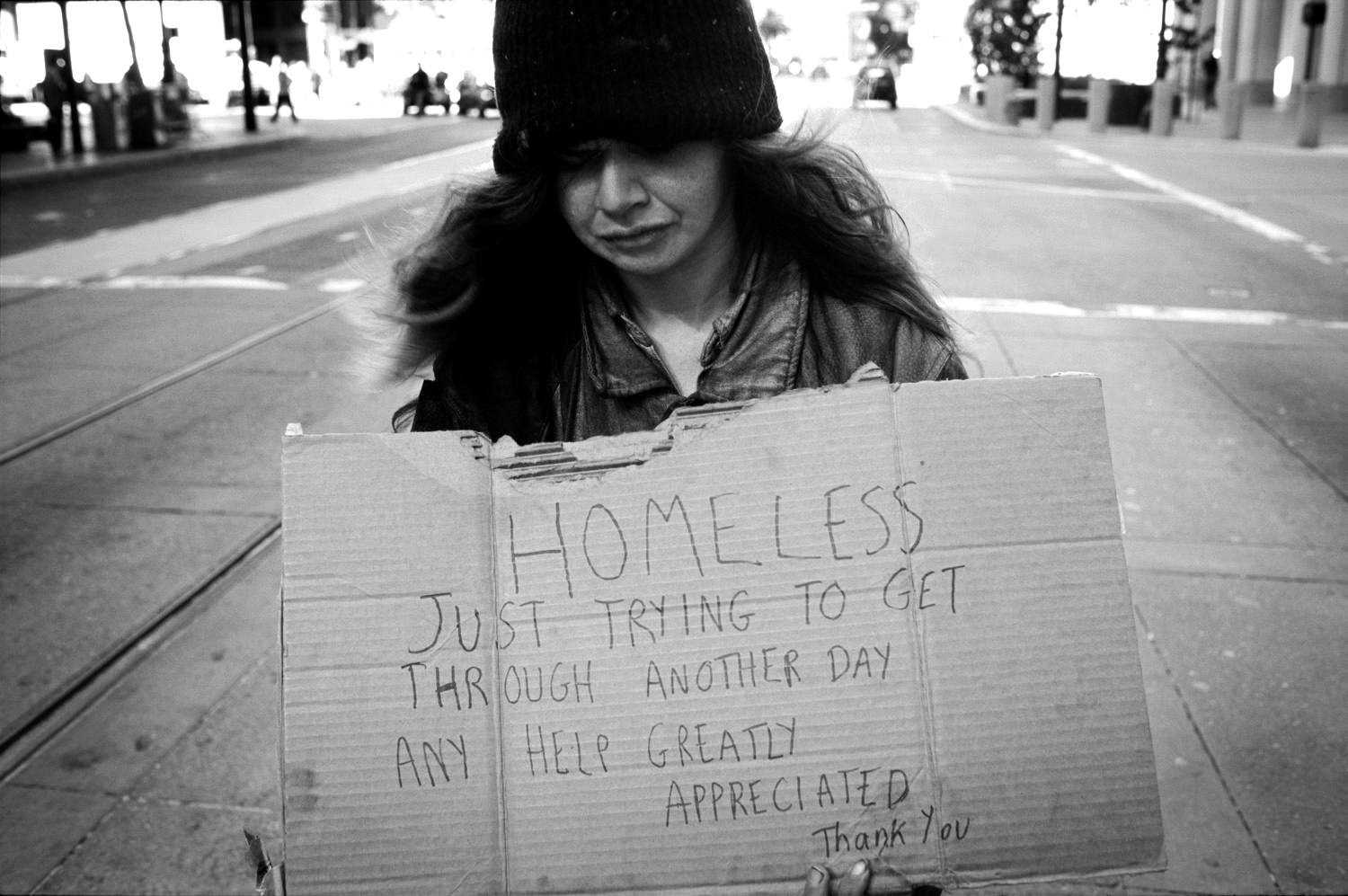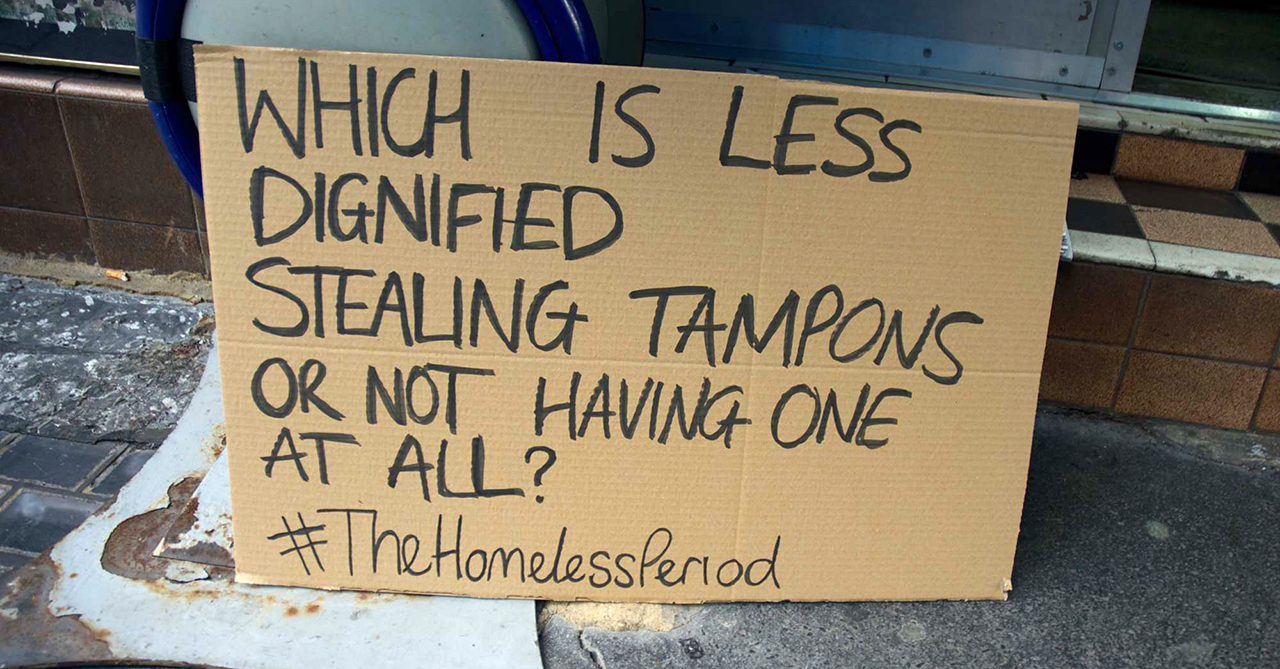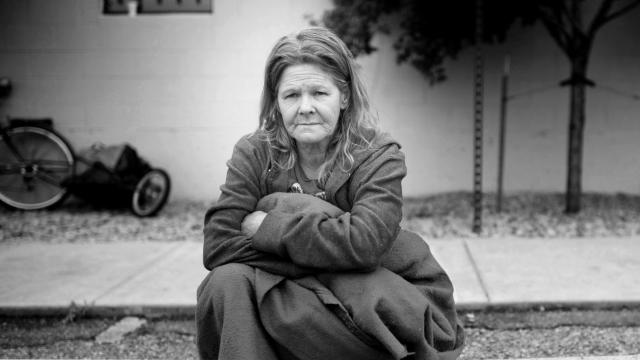
The myth that laziness is the direct cause of homelessness is not only insulting, but it also perpetuates people's ignorance of the real problems associated with being homeless, and further isolates people who find themselves in that situation. Outsiders are much less likely to be kind or even empathize with homeless people when they can just "blame the victim" without knowing their story.
The fact is, a lack of work motivation is rarely the cause of homelessness. The true culprits: Unforeseeable life circumstances, mental illness and trauma.
There are many misconceptions about homelessness. For starters, there is no such thing as "a homeless person," as this implies that someone is permanently homeless, and equates their status with the person’s being. In fact, homeless doesn't refer to a type of person but, rather, to an unfortunate and usually unpredictable event in some people’s lives.
Homelessness is also deeply individualistic. For example, women who face the challenges of homelessness have to deal with additional factors when they find themselves without a place to live. Here are some of those specific causes, challenges and ways to help women who face homelessness.
Trauma and Domestic Abuse
Studies have found that in cases of homelessness for women and children, 80 percent of them involved past domestic violence. In such situations, a woman might not have any other option than to leave everything behind for her safety. This often results in the financial burden of finding a new place to live. If she didn’t have a steady income before, and if she doesn’t have family to stay with, she can end up living on the street.
In fact, in an article by Healthline about homelessness and trauma, Dr. Barry Zevin says the following about how trauma affects the majority, if not all, homeless people:
"Violence and victimization are a daily reality to most homeless people I see. If I had to say one unifying theme of practically everyone I see it’s this idea of having been traumatized, whether that was in childhood at the hands of parents, whether that was in adolescence, or sexual trauma, whether that’s in the streets. It’s just practically universal."
Viewed in that way, trauma plays perhaps one of the most impacting roles as a driving force for homelessness.
Understanding Medical Needs
On the surface, homelessness may seem to revolve mostly around having a safe place to sleep and a next meal to eat. While that might be true, many other underlying problems come with being homeless, and often they have to do with medical care. When people are homeless, they become part of the medically underserved population, meaning that they struggle to receive health care.
According to Bradley University, the problem is particularly severe in medically underserved areas. The university reports that this is especially evident in five states and the District of Columbia, and “even though they are primarily rural and southern, the inclusion of the nation’s capital on the list signifies the prevalence of underserved populations in urban centers, as well.”
For women in particular, common struggles also include getting the necessary supplies to deal with menstrual cycles, like tampons, sanitary pads and access to showers. Tampons and pads are expensive and although they are basic needs, food and shelter usually take priority.
Women who are homeless also struggle with healthcare if they are pregnant. Whether they can’t afford the prenatal care, or they can’t get to a clinic that offers free prenatal care for those who can’t afford it, the lack of access can pose a risk to both mother and child.
Community Solutions to Homelessness
While homelessness affects individuals, more and more it is communities that feel responsible for them. Studies have shown that providing housing for the homeless is three times cheaper than keeping them on the streets. Additionally, Duquesne University reports that the following factors can help reduce risks to vulnerable homeless populations:
-
Improve social determinants to promote healthy living
-
Use a global budgeting national healthcare system
-
Provide access to virtual healthcare
-
Match hospitalization needs to surrounding communities
-
Support community-appropriate healthcare access
Additionally, you can take steps in your own community to help homeless individuals. Besides volunteering and donating, you can get an app that issues a call to volunteers to help the homeless with mental health training. The app, called Concrn, connects community volunteers with mental health training so they can respond to escalating situations with homeless people. This allows people to feel more connected to their community, especially the homeless population, while helping people avoid unnecessary conflicts with police.
If you are looking to help homeless members in your community, first consider their situation and their needs. Remember that women have specific needs that men don’t have. If you are donating items, remember to include tampons, pads and wipes. Consider offering women rides to healthcare providers like Planned Parenthood, which can offer them affordable solutions. And if you're looking to help an individual in particular, don’t hesitate to ask them what their needs are so that you can best help them.
3 WAYS TO SHOW YOUR SUPPORT
- Log in to post comments

